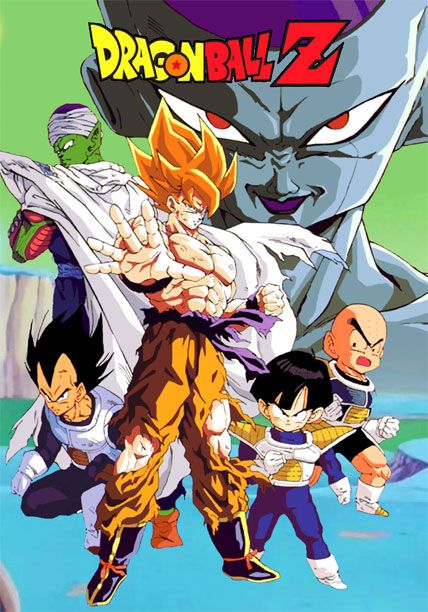Akira Toriyama’s Dragon Ball has forever changed the shape of anime and manga, but the series has also had an incredible effect on the video game industry. Dragon Ball video games are plentiful and have reached new heights thanks to modern gaming technology. However, some of the best Dragon Ball games are titles from decades ago for a handheld console, no less. Webfoot Technologies’ The Legacy of Goku trilogy are three games that were released for the Game Boy Advance during the early 2000s when Dragon Ball Z’s English dub was really taking off.
The Legacy of Goku, The Legacy of Goku II, and Buu’s Fury collectively cover the entirety of Dragon Ball Z and they’re frequently cited as some of the franchise’s strongest games and true love letters to the anime. Modern Dragon Ball games like Dragon Ball Z: Kakarot or Dragon Ball FighterZ are technically more advanced and polished, but the Legacy of Goku trilogy is still deserving of accolades and there are some fascinating details about the series that many fans don’t know about.
10 The Legacy of Goku Was The First Dragon Ball Game Developed in North America
There were dozens of Dragon Ball games by the time that Dragon Ball Z: The Legacy of Goku was released in 2002. That said, these were all titles that were developed in Japan, the majority of which were never even localized outside the country. There would be rare exceptions, such as Dragon Ball GT: Final Bout, but there was still typically dissonance between the games’ localization and what was present in the anime’s English dub.
In 2002, Dragon Ball Z’s English dub was incredibly popular and Legacy of Goku had the honor of being the first Dragon Ball game that was developed outside of Japan, in North America. To go one step further, Legacy of Goku and Buu’s Fury were never even released in Japan and are distinctly English productions. Curiously, the Legacy of Goku trilogy was produced in North America, but the first game’s box art was an original drawing that was commissioned by TOEI.
9 Goku's Car From Dragon Ball Z's Driving School Filler Episode Makes A Cameo in The Legacy of Goku II
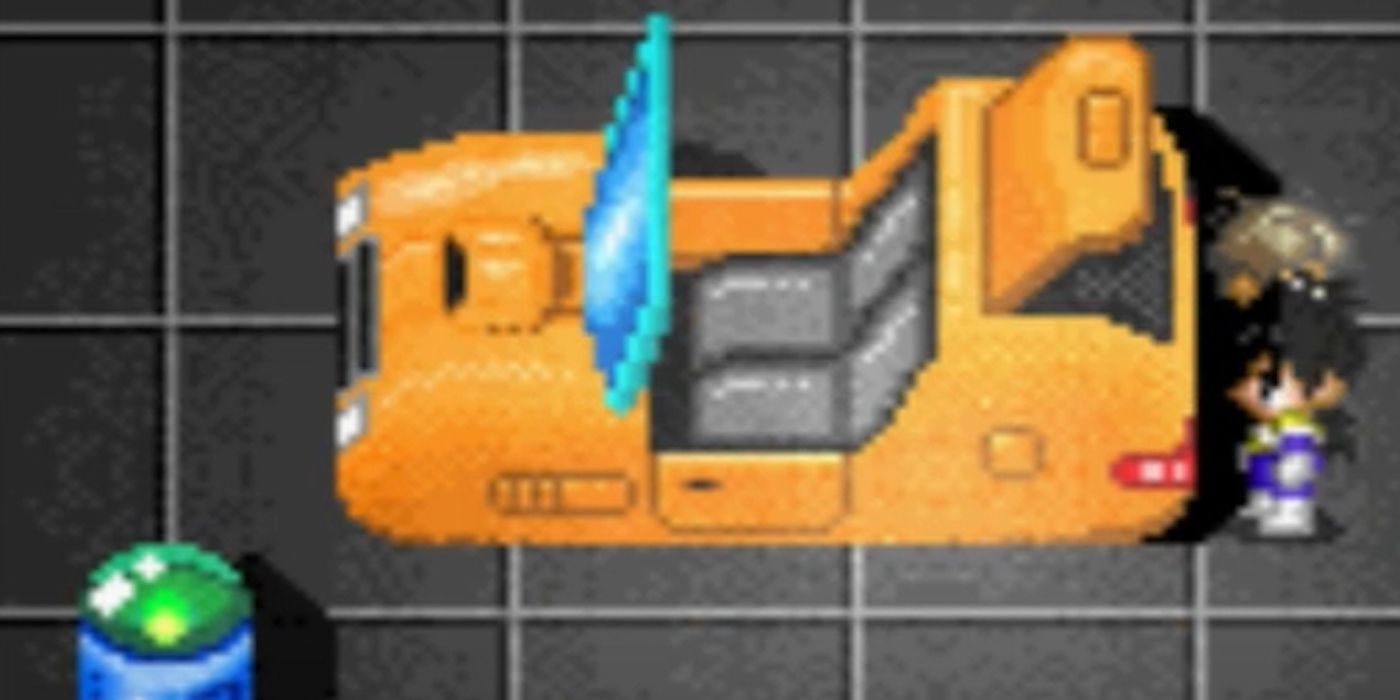
The Legacy of Goku trilogy does a decent job at balancing canonical events with filler material. Buu’s Fury even features the Other World Tournament as an entertaining introduction to the game. However, one of Dragon Ball Z’s more beloved filler episodes, “Goku’s Ordeal,” gets a secret shout-out in Legacy of Goku II. Dragon Ball Z Episode 125, “Goku’s Ordeal” chronicles Goku and Piccolo’s disastrous attempts to get their driver’s licenses.
A visit to Capsule Corp. in The Legacy of Goku II allows the player to discover a yellow hovercar that’s being worked on by a scientist. This vehicle is actually the car Goku uses in driving school, which is confirmed in Legacy of Goku II’s official strategy guide. It’s a playful reference to one of Dragon Ball Z’s silliest and most notorious episodes. “Goku’s Ordeal” is also featured in Dragon Ball Z: Kakarot, despite it being a game that largely ignores the anime’s filler.
8 Buu's Fury Contains Scouter Entries For Androids 13, 14, 15, & Super Android 13 In Its Data
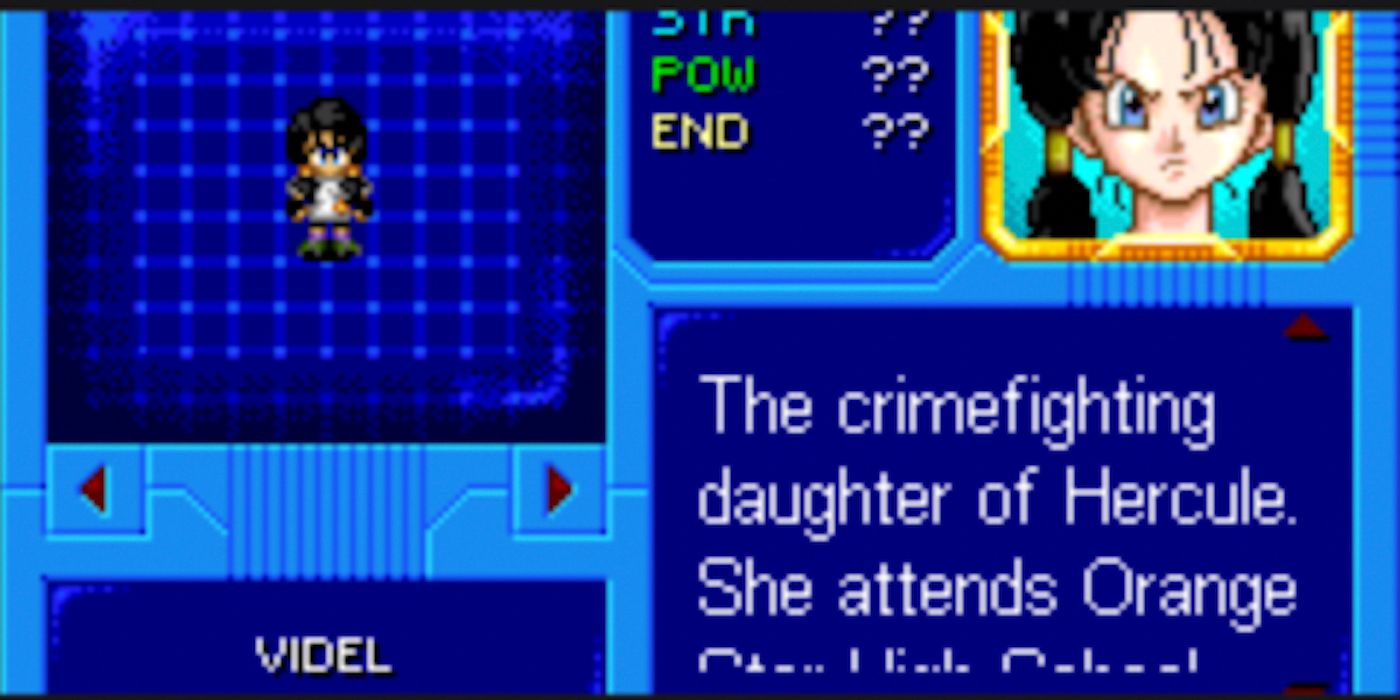
One of the more entertaining elements in the Legacy of Goku trilogy is that players can scan characters and learn more about them through scouter entries, which is almost akin to Metroid Prime’s log book entries or Pokémon’s Pokédex. It’s a lot of fun to see what each scouter entry has to say about the games’ characters. It was later discovered that Dragon Ball Z: Buu’s Fury has unused scouter entries for Androids 13, 14, 15, and Super Android 13 hidden within the game’s data.
These characters don’t appear in Buu’s Fury, but the existence of their scouter entries indicates that there might have initially been plans to feature Super Android 13! as an extra story event that was later replaced with Broly - Second Coming or Fusion Reborn. This makes a lot of sense considering Super Android 13!’s dub was released in 2003, which would have been when Buu’s Fury was in production. In addition to these unused Androids’ scouter entries, Buu’s Fury also features hidden entries for Hercule City’s mayor and Videl with pigtails.
7 The Original Legacy Of Goku Features An Invincibility Cheat Code
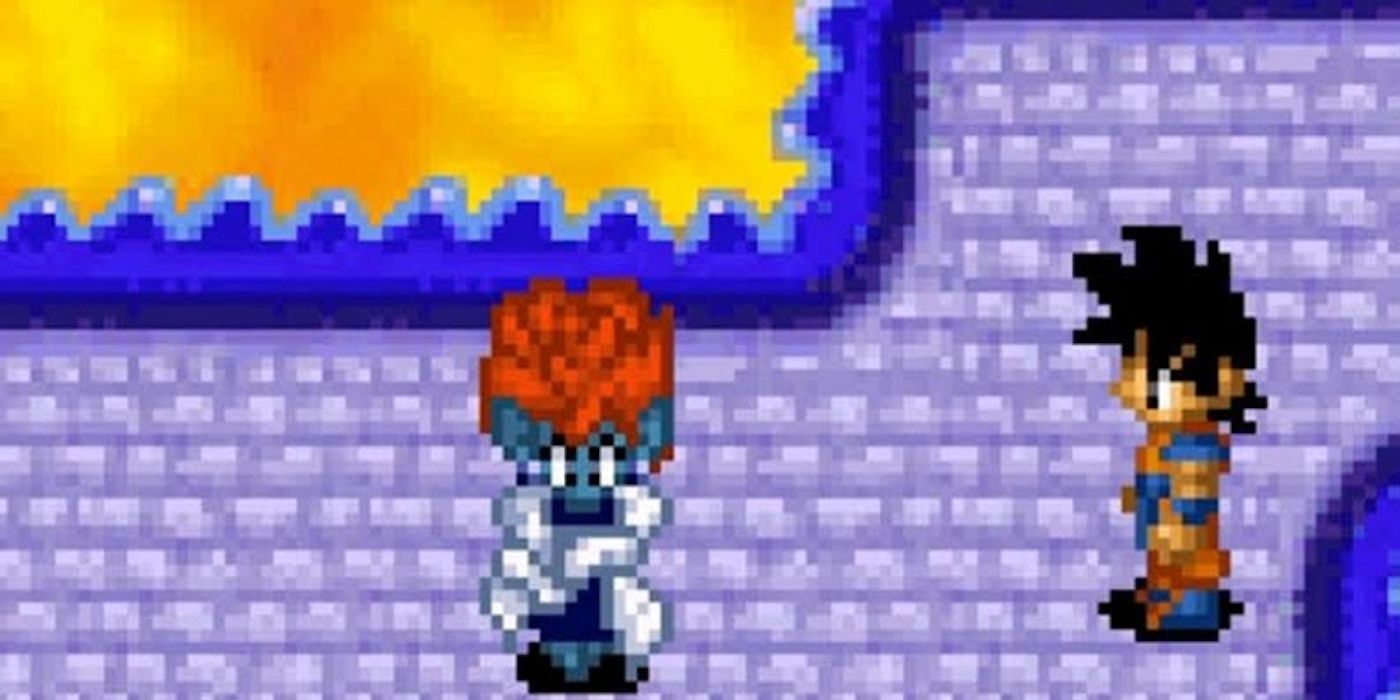
Cheat codes that are manually entered through a random combination of buttons are largely a lost relic of the gaming industry. The modern approach is to unlock these extra options and gaming luxuries through accomplishments, rather than arbitrary button codes that can be entered at any time. The Legacy of Goku indulges in the lost art of button codes that helps make the game easier for those who might be Dragon Ball Z fans, but still novice gamers.
The original Legacy of Goku features an invincibility code that can be activated by pushing Up, Down, Left, Right, B, and then A. This will make Goku invulnerable to attacks and even prevent him from accruing damage if he grazes the edges of Snake Way. The other Legacy of Goku games don’t feature button codes, although GameShark shortcuts are possible. It’s somewhat fitting that it’s only Goku’s earliest adventure – where he’s still figuring out his way in the world – that has this hidden help.
6 The Legacy of Goku II & Buu's Fury Used Bruce Faulconer's Score From The Anime's English Dub
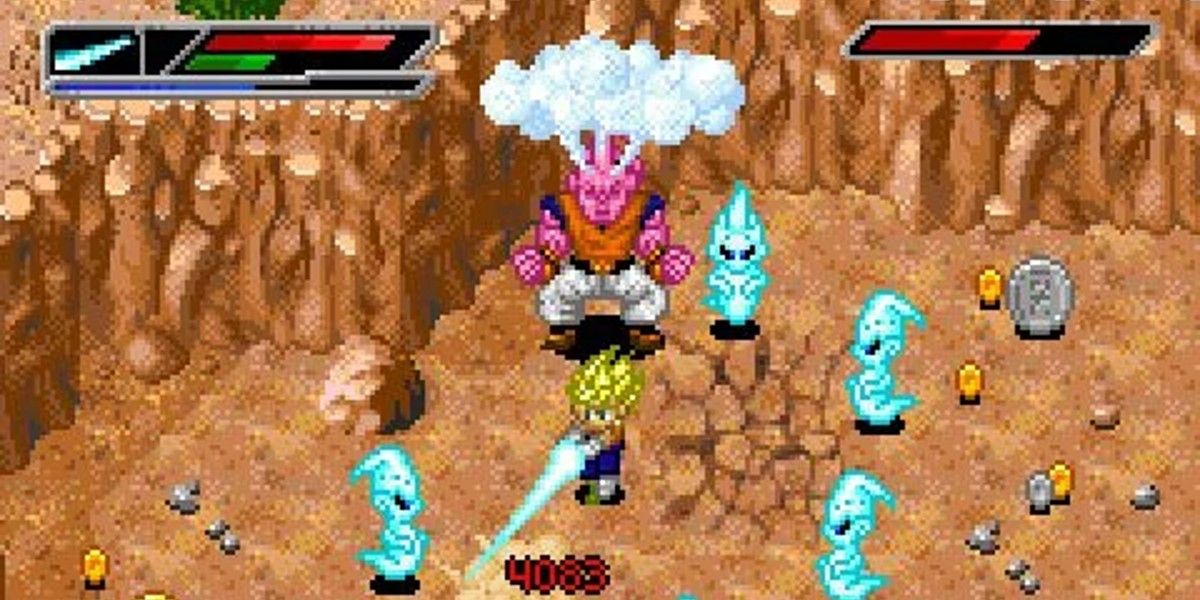
Music is a big part of what gives Dragon Ball its identity. English dubs have come a long way since the '90s and early 2000s and now it's quite common for an anime's dub to feature the same music as the original version. Dragon Ball Z didn't originally subscribe to this philosophy and Shunsuke Kikuchi's iconic score was instead replaced with original music by Bruce Faulconer. Faulconer's music is what many North American Dragon Ball fans grew up with and there's a tremendous amount of nostalgia that surrounds these tracks.
The first Legacy of Goku features original music by Ariel Gross, but Legacy of Goku II and Buu's Fury actually incorporates Faulconer's score into the games. This was a first for Dragon Ball video games and one of the reasons that the Legacy of Goku series is so beloved by long-time fans of the English dub and its original airings on Toonami. The Legacy of Goku trilogy also features audio clips and battle cries that are taken right from dubbed episodes.
5 A Special, Expanded International Edition Of Legacy Of Goku II Was Released in Japan
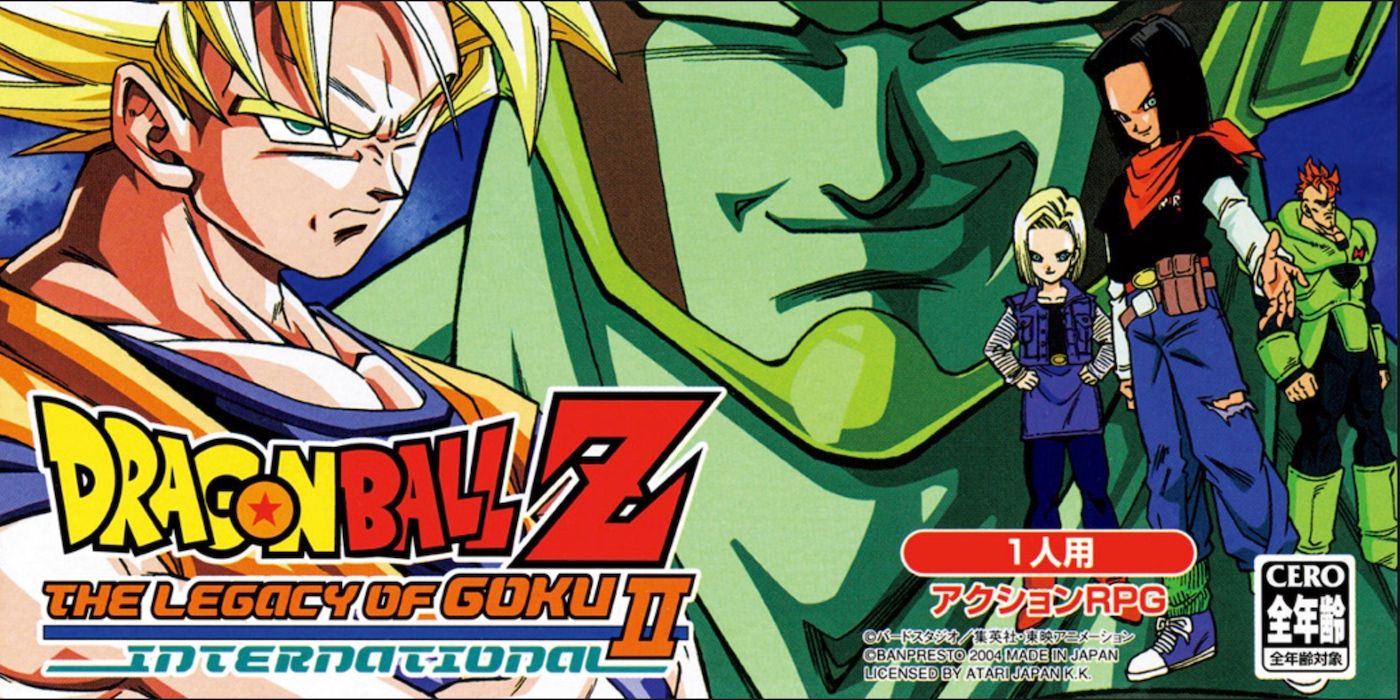
Each of Legacy of Goku’s releases were critically and commercially successful, but TheLegacy of Goku II is widely considered to be the series’ strongest and its impressive sales led to a slightly altered version of the game being released in Japan. The Legacy of Goku II International is the only Legacy of Goku game to be released in Japan and it’s actually the only American-developed Dragon Ball game to get released at a later date in Japan.
Legacy of Goku II International isn’t demonstrably different from its North American counterpart, but it’s still managed to become a more obscure collector’s item. Legacy of Goku II International features rather perfunctory aesthetic changes, such as different profile images for the characters and them being referred to by their original names, rather than their English dub translations. Curiously, Legacy of Goku II International still features Bruce Faulconer’s music instead of swapping it out for audio that matches Kikuchi’s score. This makes Legacy of Goku II International an interesting blend of Japanese and North American Dragon Ball.
4 A New Legacy of Goku Game Was Planned For 2016
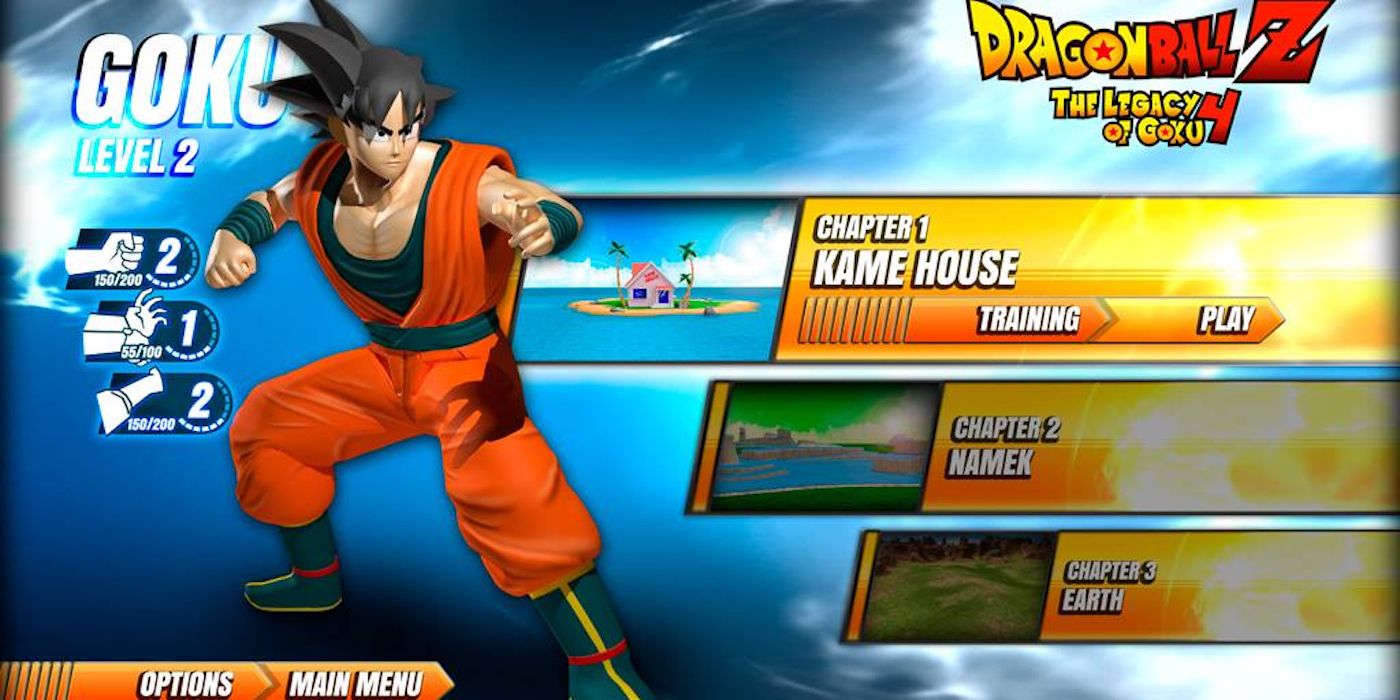
The Legacy of Goku trilogy covers the entirety of Dragon Ball Z’s anime, but it’s hardly a complete account of the franchise’s events. Dragon Ball had a second wind during the 2010s, largely thanks to the release of the sequel series, Dragon Ball Super. Webfoot Technologies, the developers behind Legacy of Goku, dropped some cryptic hints that they were working on a new Legacy of Goku game in 2016.
Webfoot Technologies posted on their Facebook page that, “Some Webfoot classics are coming back on modern platforms!,” which many interpreted to be confirmation of a new Legacy of Goku game. The same Facebook page later featured some mockups of a Legacy of Goku remake – or a fourth entry in the series – for the Nintendo 3DS. This new game unfortunately never came to pass and the titles remain Game Boy Advance exclusives. That being said, some unofficial remakes of the original games have been worked on by fans.
3 Legacy Of Goku II Contains An Alternate Ending With Hercule
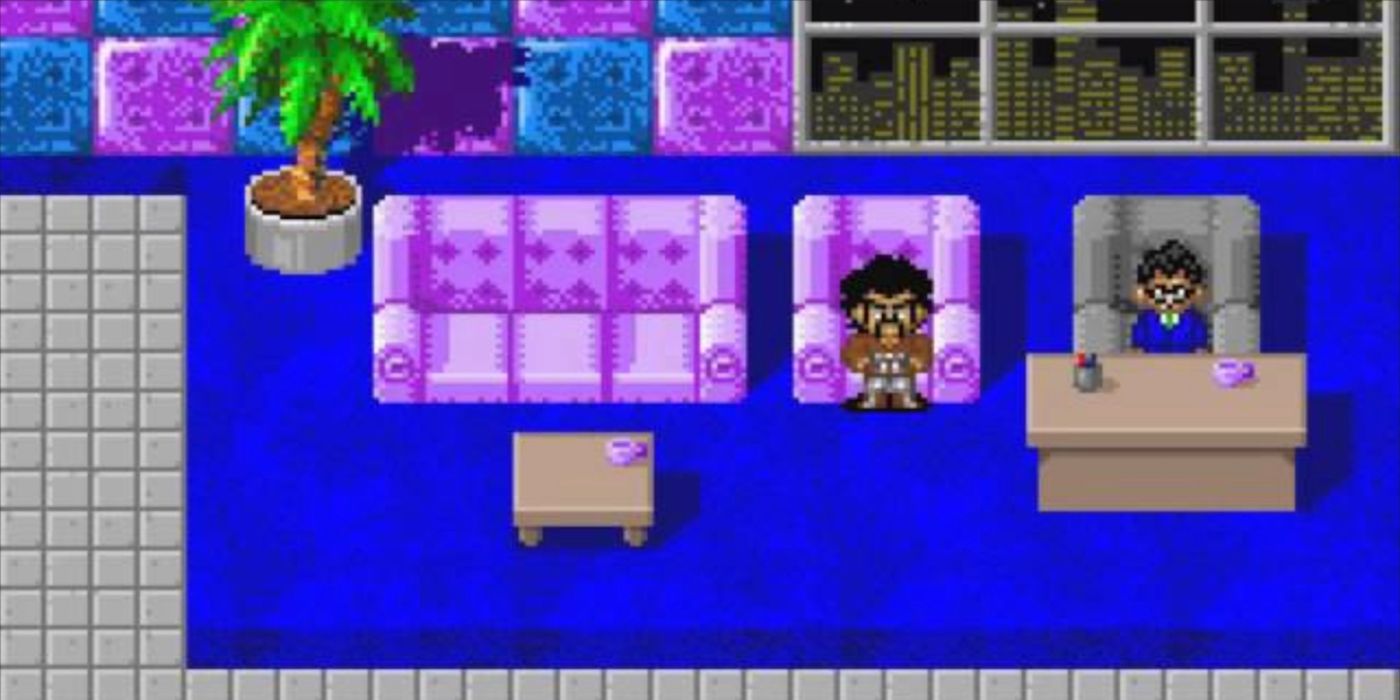
Hercule has always been one of Dragon Ball’s oddest and most controversial characters. He’s also someone who the Dragon Ball video games have really latched onto as there are many titles that include special “Mr. Satan Modes” as playful experiments. The Legacy of Goku II doesn’t have a full Mr. Satan mode, but it does include extra content that revolves around the pedestrian character. Hercule can be unlocked as a playable character in Legacy of Goku II after all five character trophies are found, once each character reaches level 50.
Piccolo, Future Trunks, Vegeta, and Gohan’s trophies are hidden in the game, but Goku’s is automatically awarded to the player once they beat the game. Hercule's alternate ending is revealed after the player beats the game with him while he’s at level 50. Mr. Satan will begin at level 40 if Goku is at least at level 45 when he beats the game, otherwise Satan will begin at level 1. The alternate ending, which features Hercule Satan on a talk show, is activated when he enters the ZZTV Studios in West City. Hercule Satan also triggers unique character interactions – many of which are critical of his personality – if he talks to any of the Z-Warriors friends, like Bulma, Chi-Chi, or Oolong.
2 Janemba's Appearance In Buu's Fury Is Technically His First English Appearance
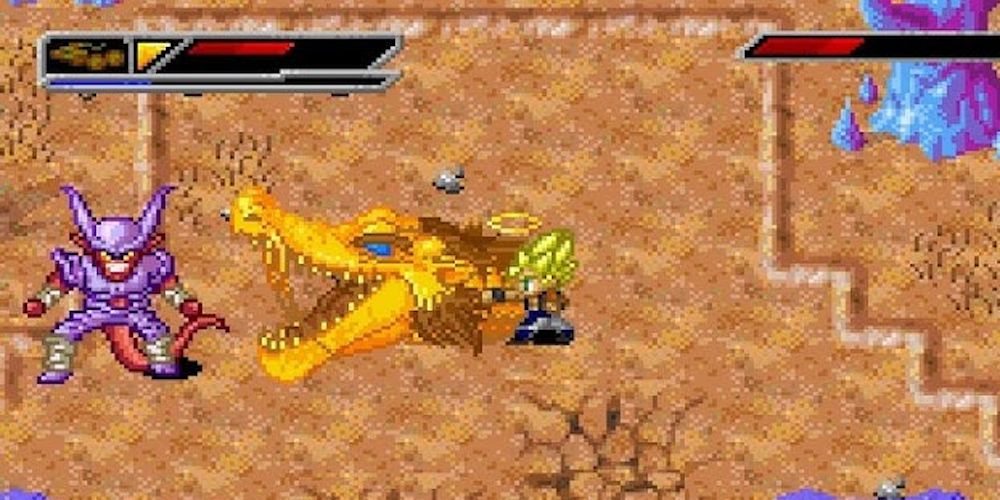
An exciting surprise in The Legacy of Goku II and Buu’s Fury is that they slightly stray beyond the events of Dragon Ball Z’s anime and include some of the more popular movie villains. Legacy of Goku II includes Cooler as an optional boss and Buu’s Fury sports Broly from Broly - Second Coming along with Janemba (and Gogeta, no less) from Fusion Reborn. What’s so interesting about Janemba’s appearance in Buu’s Fury is that the game was released two years before Fusion Reborn’s English dub.
This technically makes Buu’s Fury the first proper appearance of Janemba in English media. It’s possible that some die hard Dragon Ball fans were aware of Janemba from fan subs and online Dragon Ball fandom, but the majority of Buu’s Fury players were likely completely clueless about the character and where he comes from.
1 Legacy Of Goku II's Production Had To Be Divided Between Work On A Fighting Game
The original Legacy of Goku was so successful that a sequel was quickly rushed into production by Webfoot Technologies. However, there was even greater success seen with the first entry in the Dragon Ball Z: Budokai fighting series. Atari, Webfoot Technologies’ publisher, demanded that they also release a fighting game for handhelds to take advantage of Budokai’s success. The Legacy of Goku II was already in development at this point and Webfoot Technologies was left with only six months to release this additional fighting game.
Webfoot was forced to hire a large staff, many of whom had never worked on a fighting game before. It’s also been implied that Webfoot Technologies only received half the budget that they were supposed to receive for The Legacy of Goku II, presumably because they had to split resources with this extra fighting game. The end result was the maligned and forgettable Dragon Ball Z: Taiketsu for the Game Boy Advance. Thankfully, Legacy of Goku II still turned out to be a success and this wasn’t a scenario where both titles tanked.
